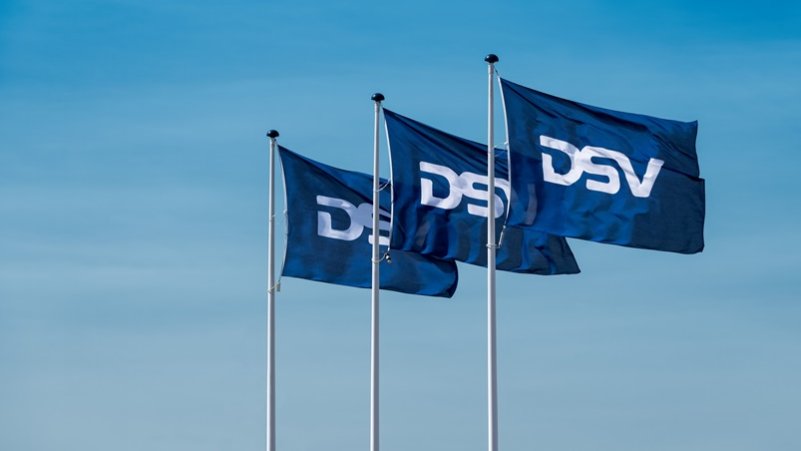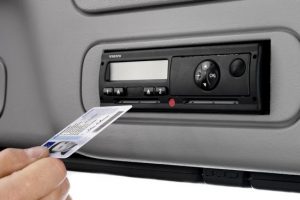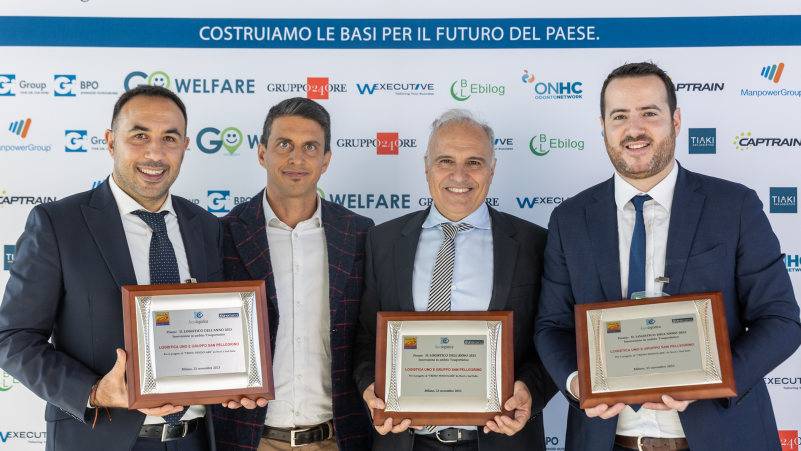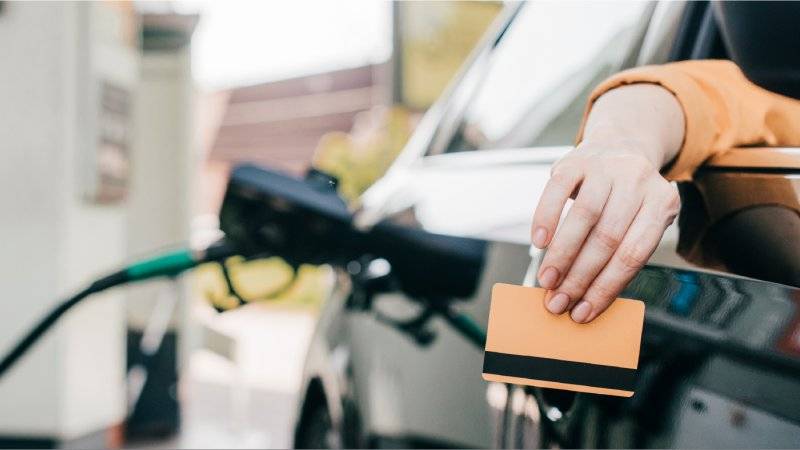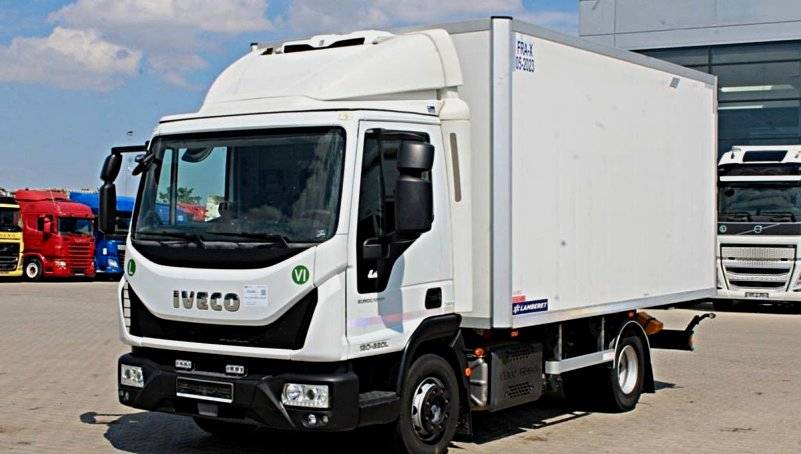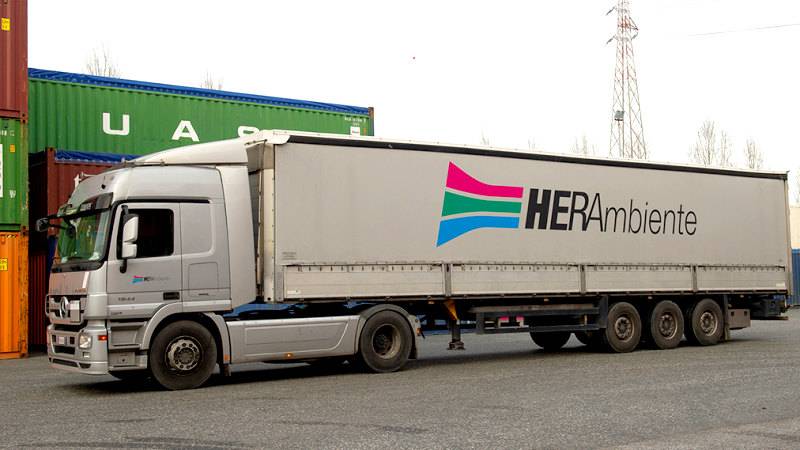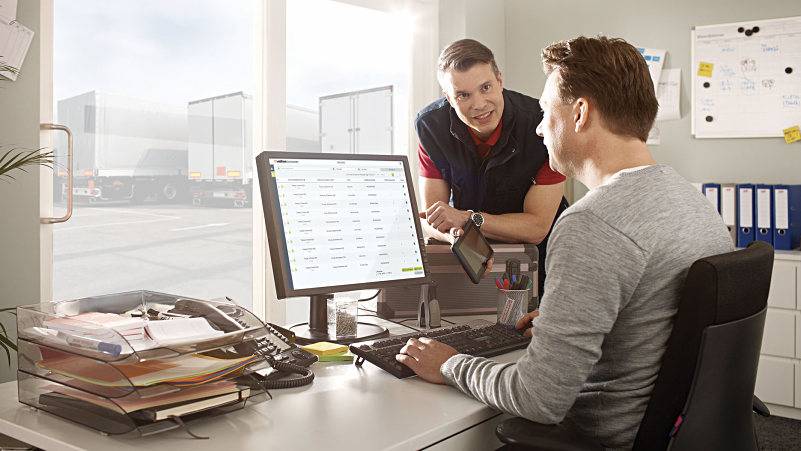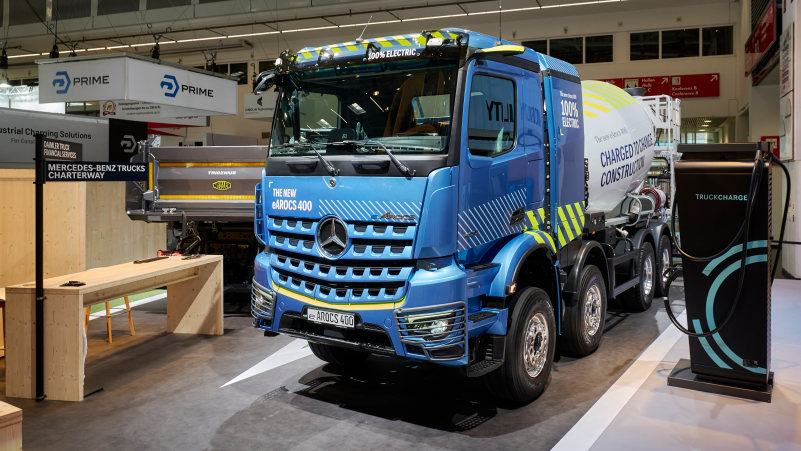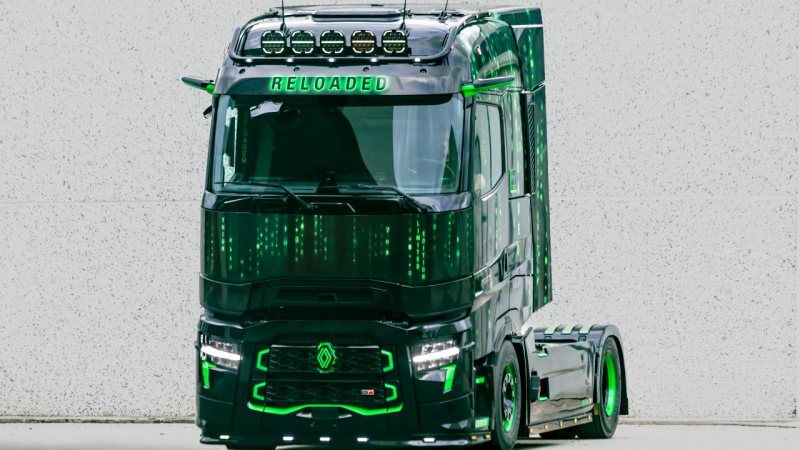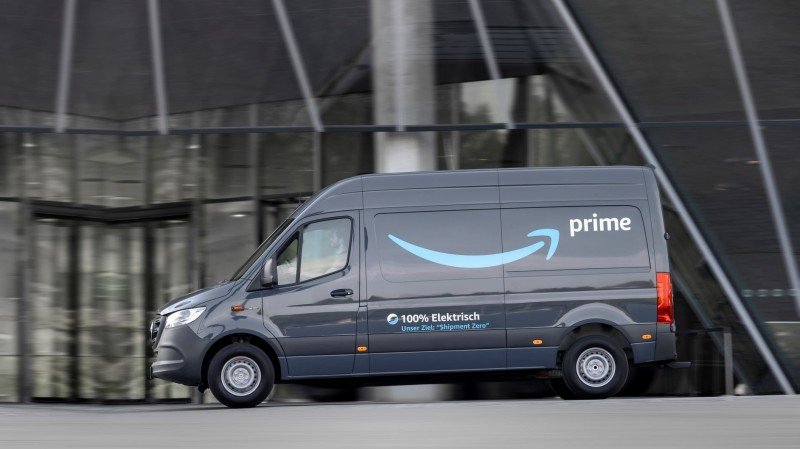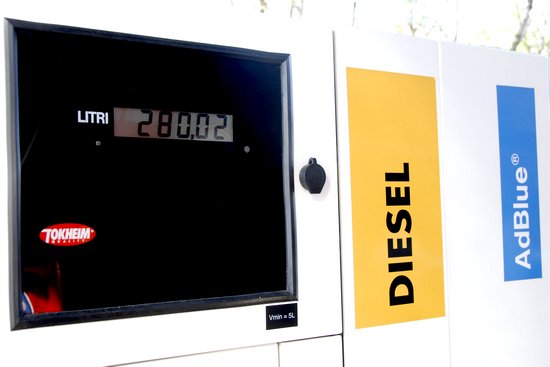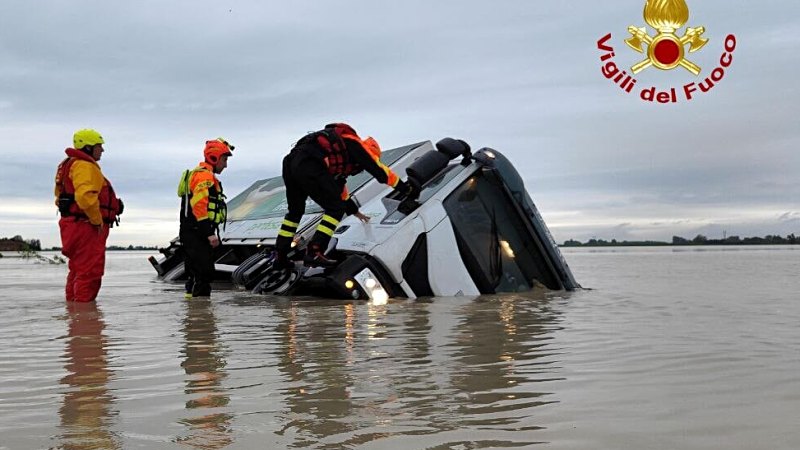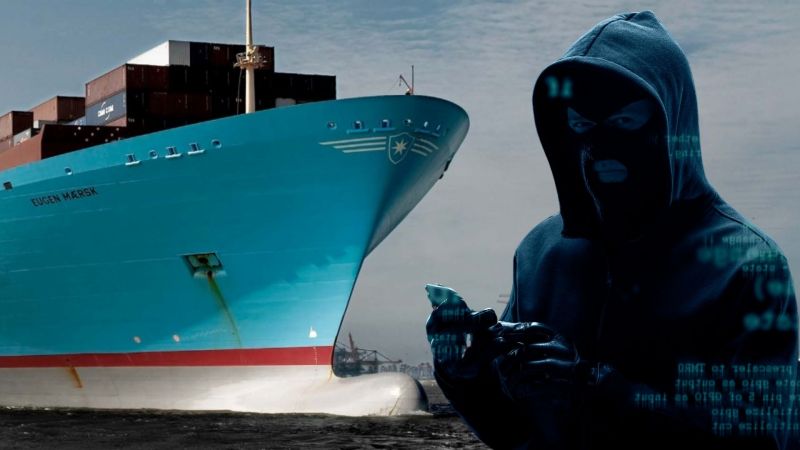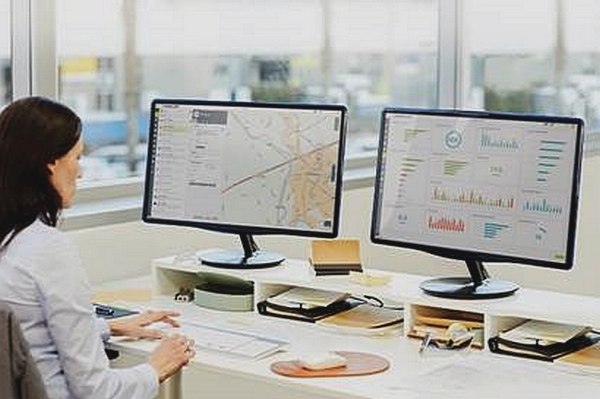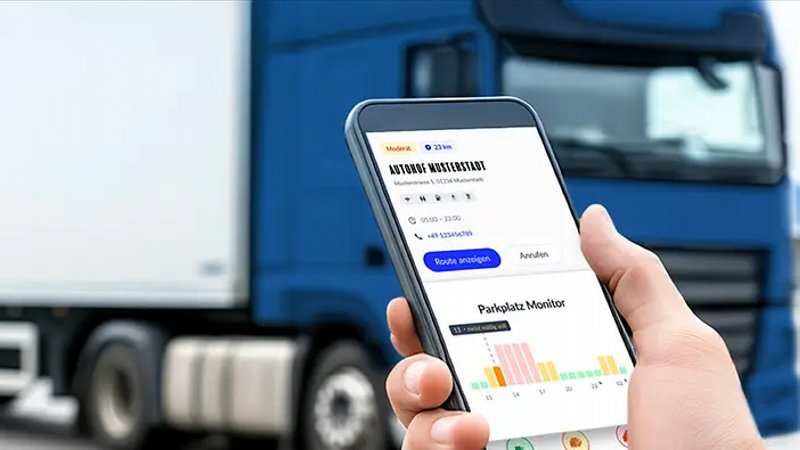From 1 January 2025, hauliers must have installed the second-generation smart tachograph in industrial vehicles engaged in international transport, except for those fitted with first-generation smart tachographs, for which the deadline is 19 August 2025. This requirement applies consistently to transport within the European Union, but does it also apply to those transporting goods from the EU to a non-EU country? The Romanian hauliers' association Untrr posed this question to the DG Move division of the European Commission.
The division responded that, according to its interpretation of the regulation, if an industrial vehicle registered in the European Union is used exclusively for AETR activities, it does not fall within the scope of Regulation (EC) 561/2006 and, consequently, is also exempt from Regulation (EU) 165/2014, which governs the use of tachographs. Thus, for instance, transport routes such as those between Romania and Turkey via Bulgaria or from Poland to Turkey passing through Hungary, Romania, and Bulgaria are not subject to the tachograph upgrade requirement, provided that these routes constitute the only type of operation carried out by the vehicle within the EU.
However, the regulation explicitly excludes cross-trade and cabotage operations. This means that a vehicle transporting goods from Romania to Turkey, for example, cannot load or unload goods in Bulgaria during transit. The restriction is clear: "if a vehicle is involved in a transport operation in a member state other than the one in which it is registered, the tachograph must be upgraded to the G2V2 version."
It is important to note that a transport operation is considered AETR (Accord Européen sur les Transports Routiers) when it involves international transport between the EU and non-EU countries that have adhered to the agreement. These include Turkey, Russia, Ukraine, Serbia, and other states in Eastern Europe and Central Asia. Examples of journeys classified as AETR include Romania-Turkey via Bulgaria or Poland-Russia via Belarus. A journey between Italy and France, however, does not fall into this category.
DG Move also clarified that empty vehicles equipped with an outdated tachograph, when crossing another member state, must be able to prove that they are returning from an AETR journey or intend to transport goods within an AETR journey. This provision aims to prevent attempts to circumvent EU regulations, ensuring that all vehicles involved in transport operations within the Union are equipped with an updated tachograph. DG Move further stated that the final decision on the matter rests with the European Court of Justice, should it be called upon to rule on the issue.



